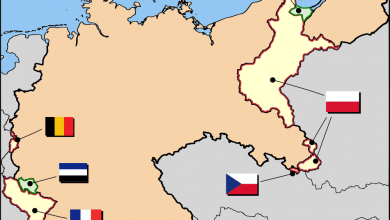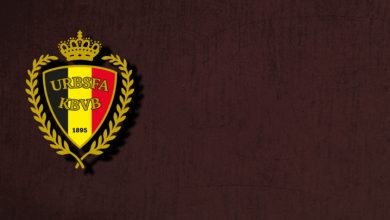
Coffee played an important role in the DDR propaganda. It embodied all the aspirations of the German Democratic Republic: previously a luxury that was accessible only to the upper classes, it was now available to the working class.
It was promoted as a product fit for the future of Germany. East German magazines often praised caffeine’s effects. Alertness and productivity were desirable traits for the socialist people, so it was a beverage of the future.
For the past, the DDR wanted to tap into the German history, possibly avoiding the too recent past. A connection to the previous history would foster their position as legitimate Germany, so the German coffee tradition was perfect. Especially considering that the tradition was quite strong in Saxony as the firsts German coffee houses opened in Leipzig. As a form of luxury, coffee was relatively affordable. It was also easier to provide to the population than a working car… Or so they thought.
The black frost, chicory coffee, and other unpleasantries:
In 1975, the so-called “black frost” spoiled Brazilian production of coffee. It destroyed more than half of the coffee trees. At the same time, the civil war ravaged Angola and Ethiopia. An earthquake hit Guatemala and Colombia had floods. Coffee leaf rust appeared in Nicaragua.
Let’s just say that it wasn’t the best time for production. Prices hiked, and imports became prohibitively costly for the DDR. Oil imports already consumed a big part of the import budget, so the SED tried to curb the import of luxury goods. They pulled Kosta, the cheapest caffeine brand, away from the market. In its place, East German citizens found coffee mixes: fifty per cent coffee, and fifty per cent other, unpleasant, things. Mostly chicory, beans, and grains.
Citizens’ reactions were far from stellar. People jokingly called this mix Erichs Krönung, a play on Jacobs Krönung, a western coffee brand, and Honecker’s name. Citizens resorted to the last available form of protest in the DDR: writing letters of complaint. More than fourteen thousand letters complained about its flavour, taste, and how it would clog coffee machines. But why was so important? People were used to disservices, lateness and goods shortage. However, coffee, as part of the propaganda, was a proxy for the living conditions. If the DDR’s capability was put in question, so would its legitimacy.

Chto delat?
What is to be done? Reserves dwindled down because people preferred to buy the costlier mix, without weird ersatz, so the state had to get new sources of coffee. Prices were sky-high, and the state had limited reserves of foreign currency, so how could they afford it? Barter, of course. The DDR tied foreign aid in machinery and services to coffee exports. The plan was to start up the production in various, neglected, countries. They targeted places like Laos, Vietnam, and Angola where they set up farms, trained the populations, and sent pieces of machinery.
Did it work out? Technically no. This was because the coffee production was often below agreed targets, but it was a (baby) step to act in a globalized world and to push their own ambitions. Unsurprisingly, the propaganda could spin it in a better way. It was presented as an alternative approach to the “Western neocolonialism”. Plantations where locals only worked as assistants to German technicians were justified as a supervision and assistance towards their socialist brethren. At least, the propaganda was a part of the East German state that worked with Teutonic efficiency.





